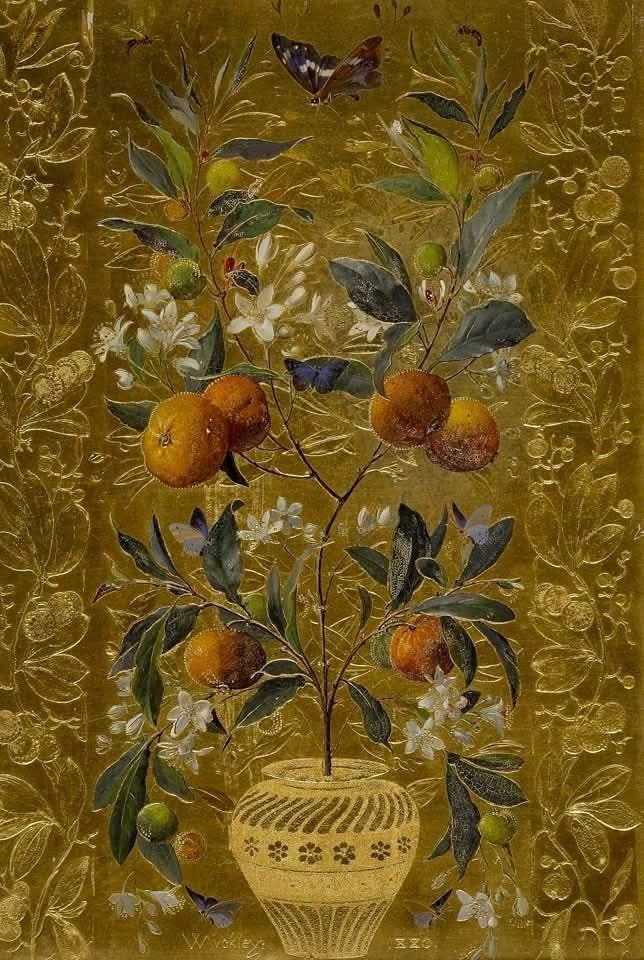phoenixmcarthur
@mmcarthur.bsky.social
3.4K followers
440 following
8.6K posts
Once an artist, always an artist, poetry junkie, wishful potter, voracious reader, lover of Indie and Obscure Rock, Jazz, Classical, Science & always the Resistance. 🧷💪 #ArtHeals
Posts
Media
Videos
Starter Packs
Pinned




























